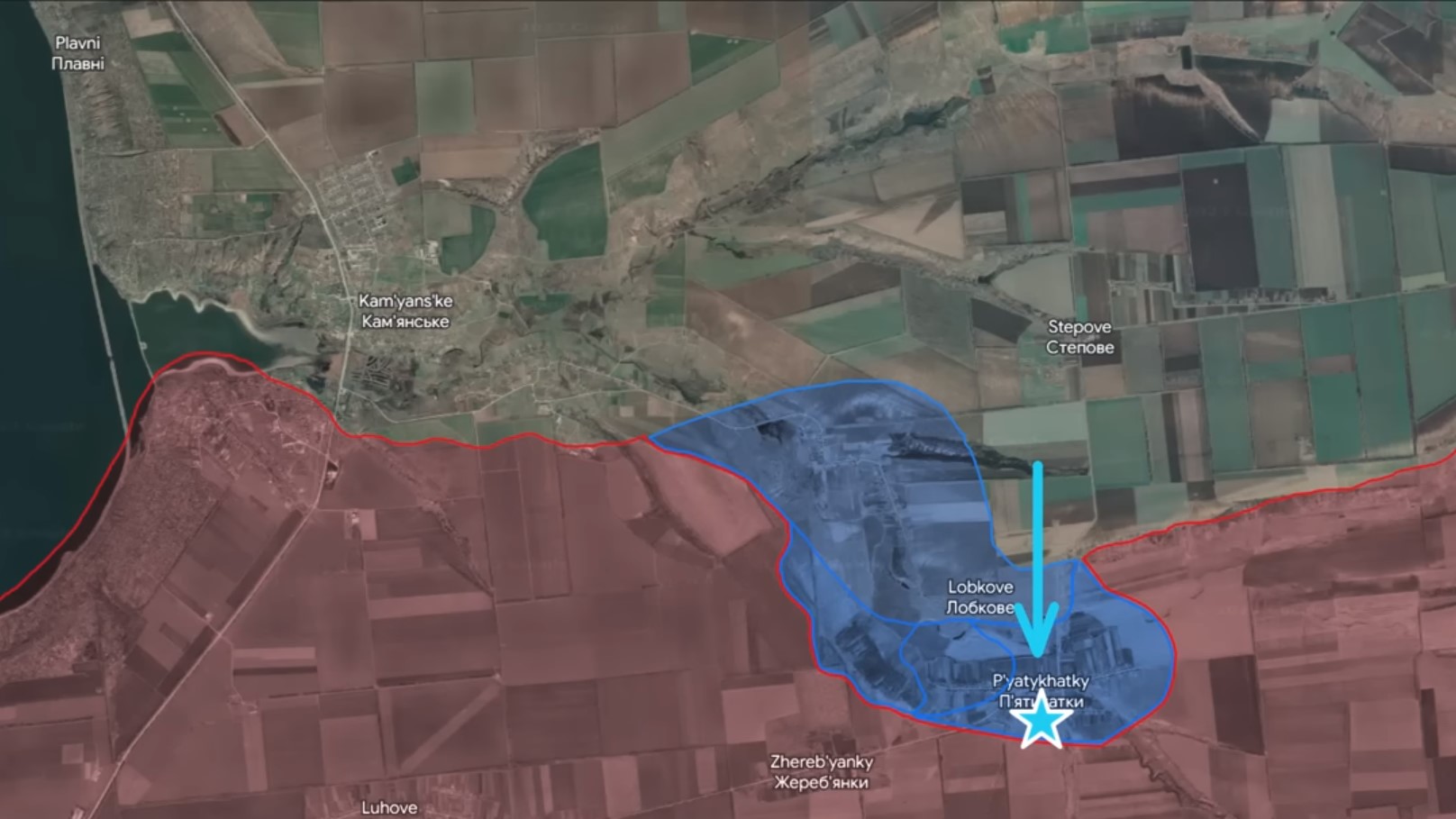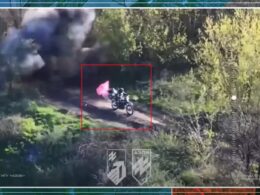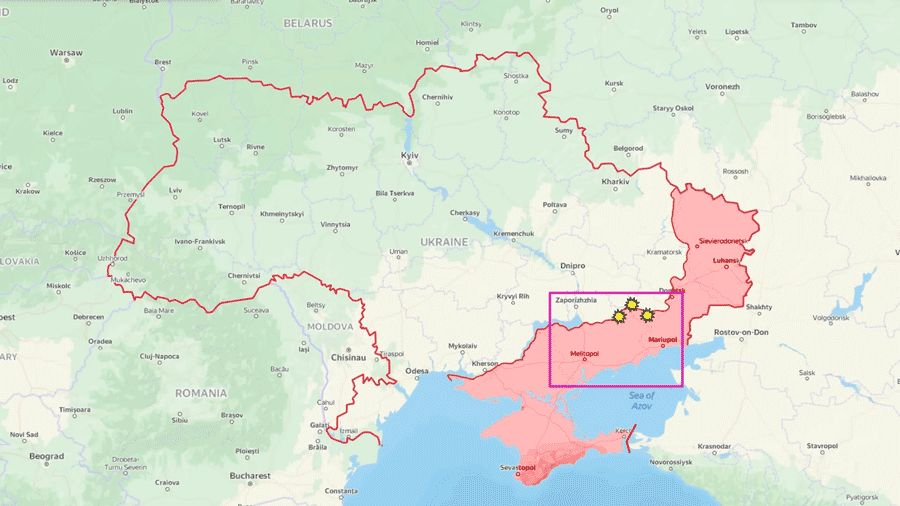First of all, more information became available about the disastrous Russian counterattack on Robotyne.
As described in the previous report, in order to recapture extremely powerful fortifications south of Robotyne, Russians conducted a flank attack, but the moment they entered the village, Ukrainians also conducted a flank attack and pushed the Russians out.
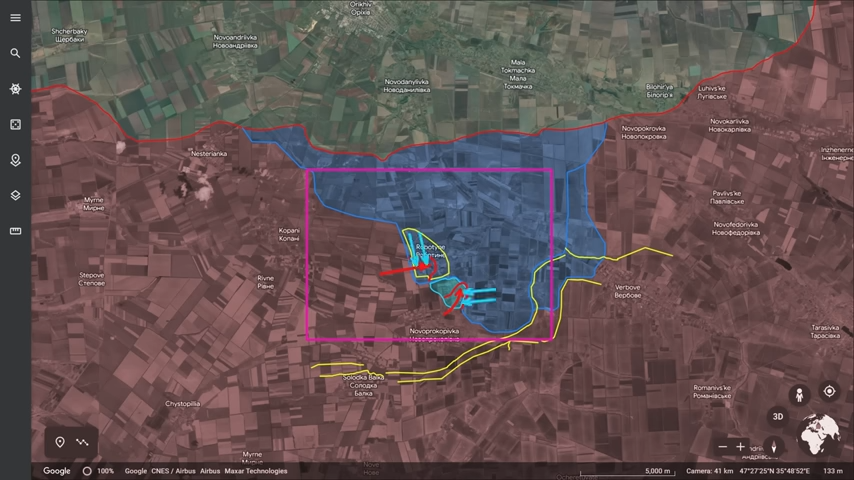
Today, some of the most prominent Russian analysts confirmed that Russian forces, indeed, had left the village.
However, they claimed that Russian forces left it not because of the Ukrainian counterattack but because Russians achieved their objective of cutting off supplies, so there was no point in staying in the village under constant fire.
The explanation does not make much sense because supply roads are not like cables – you cannot cut them and go away – you have to stay there and maintain fire control to prevent movement on the road.
So, Ukrainian forces south of the village spent several hours in operational encirclement, but once the Russians retreated, the ground communication was reinstalled.
That is why Ukrainians made another wave of attacks in the direction of Novoprokopivka.
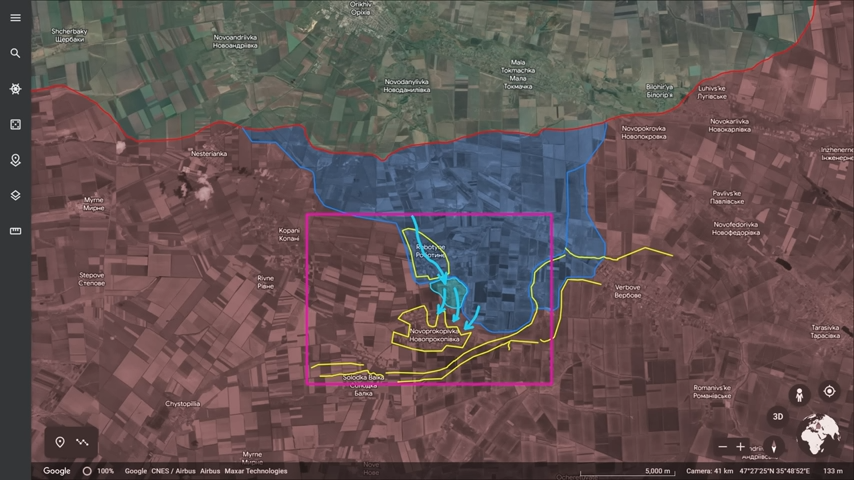
Ukrainians started preparing for this attack already four days ago when Russian sources circulated information about mechanized units being moved deeper into the bridgehead.
So far, Ukrainians have used tanks for fire support during storming operations, so the tanks usually operated several km away from the contact line in Robotyne.
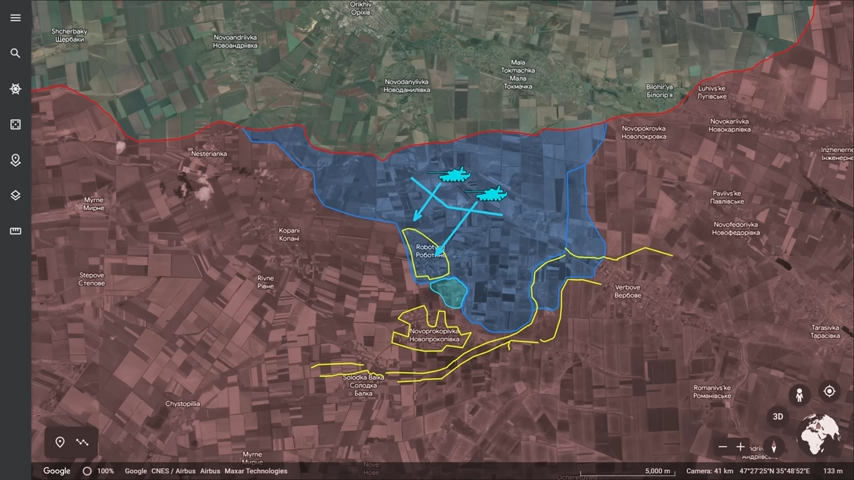
The fact that the tanks were seen west of Robotyne shows that Ukrainians are intensifying their offensive operations.
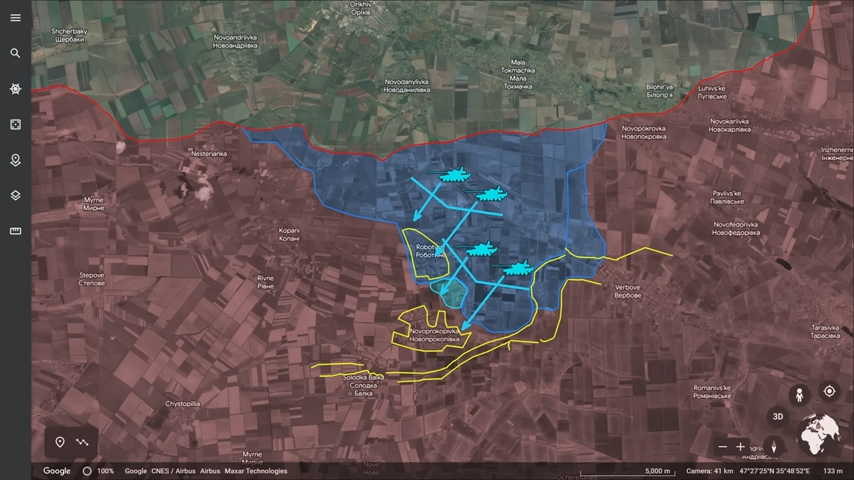
Recently released combat footage shows how a Ukrainian soldier goes through the newly captured position.
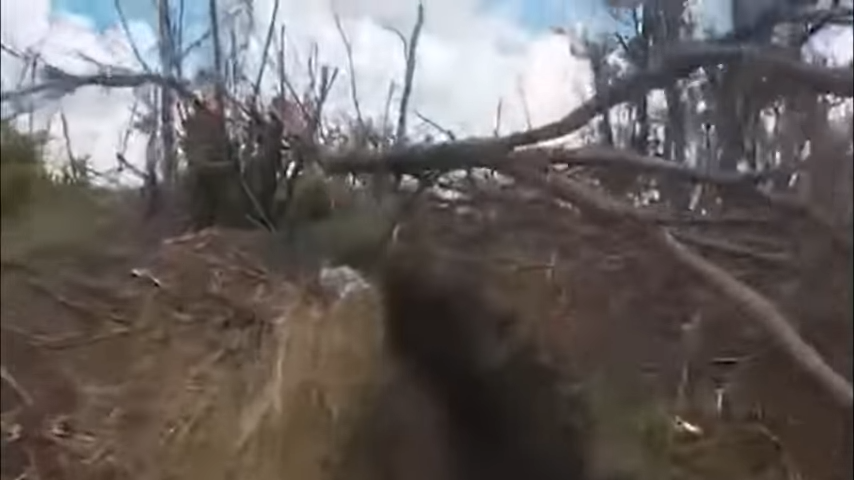
Interestingly, the outer trenches that Ukrainians entered first were almost empty and did not have any remnants of ammunition or bodies, while the other side of the trench network where Russians built their shelters had a lot of weapons and crates with ammunition.
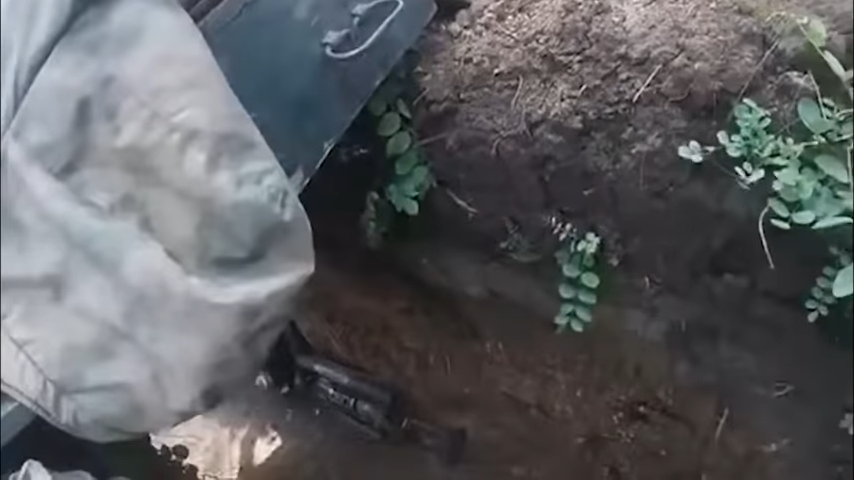
It looks like Ukrainians made a sudden attack, Russians failed to protect the outer edge of the trenches, and after they understood that they failed, they quickly fled.
The Ukrainian soldier also commented on the fact that more Russian clothes were lying on the ground than ammunition and confirmed that Russians failed to resist and ran away.
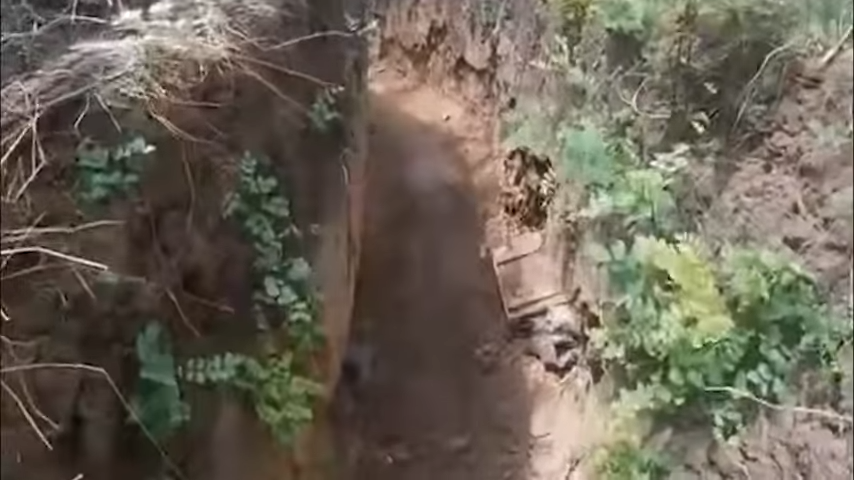
Since Ukrainians in this particular direction are fighting in the lowlands and close to the first line of defense, they are encountering a lot of mines.
As mentioned previously, when it comes to the fields in the lowlands, Russians decided to mine them extensively instead of building fortifications there.
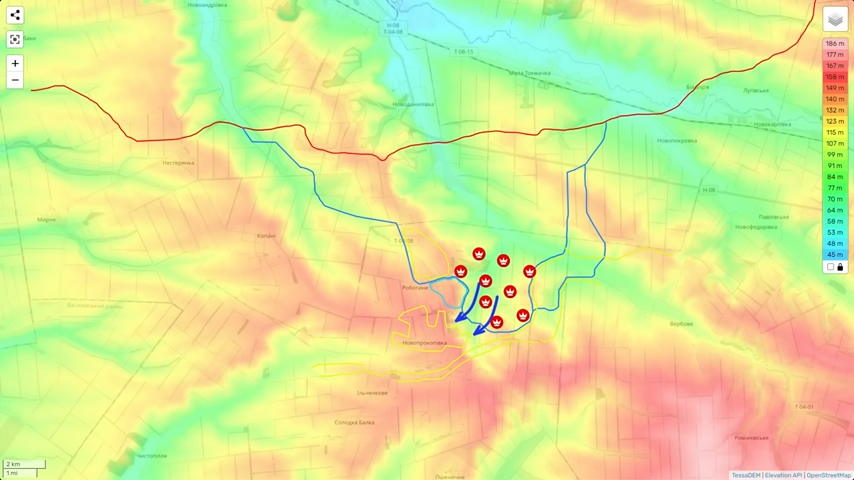
Recently released footage from the contact line clearly demonstrates the density of minefields in this region. A Ukrainian soldier in the video found 12 anti-tank mines and 5 anti-personnel mines in a very small area near the road.
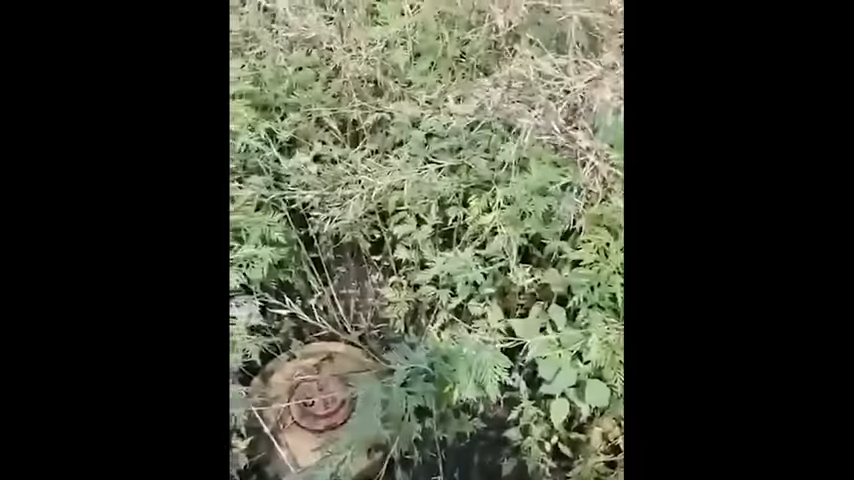
Russians probably left the road empty on purpose because they had it under constant fire control and were ready to destroy the leading vehicle with artillery to cause everyone else to move around it through the minefield.
Such a tactic is very common, but as described previously, Ukrainians learned to detect such traps with drones with thermal cameras, which is why Russians started using another approach.
Frontline report: Ukrainians continue advancing in Zaporizhzhia Oblast, bypassing minefields
A Ukrainian soldier said that another trap that Russians are using is digging explosives into the road. As Ukrainians mostly operate in the fields, the roads here are not paved and can be easily mined as well. When Russians knew in advance that soon they would have to retreat, they dug in up to half a ton of napalm into the ground that detonated via a remote. So they monitor the area from drones, and when they see Ukrainian forces moving on the road, they detonate it.
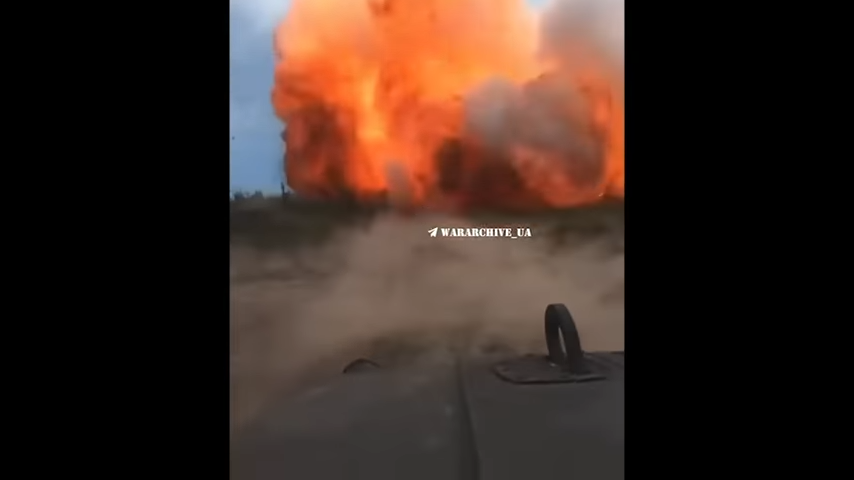
But not all areas are appropriate. In order to detonate the explosive at the right time, Russians need to know precisely where it is located.
Orienting in the fields and from a large distance is very difficult, so the area must be idiosyncratic. For example, the explosives are planted on intersections, near lone trees, or on empty grounds.
Ukrainian engineers are looking for potentially risky areas and try to detect and demine them in advance.
Overall, after Ukrainians repelled the Russian counterattack in Robotyne, they resumed their movement toward Novoprokopivka and are expected to start storming it very soon.
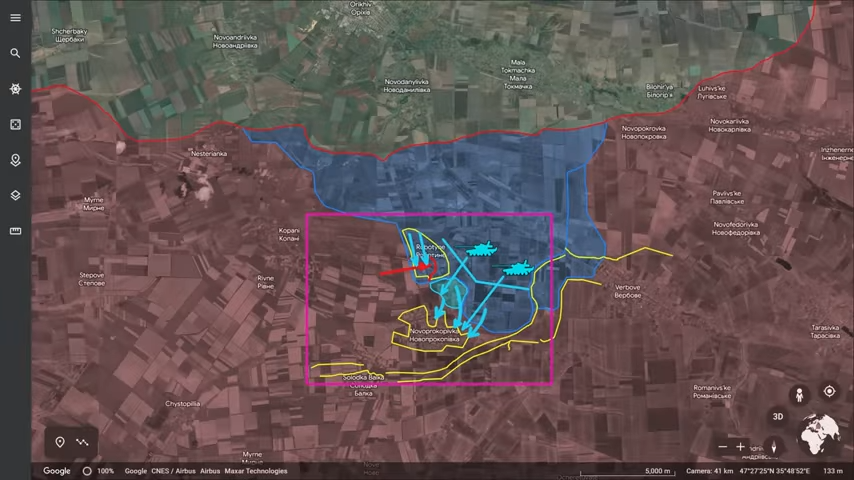
Russian forces were seen reinforcing this region with their best tanks, namely T-90. Ukrainian drone operators are already working on destroying them and any other equipment entering the region.

Ukrainian operators from the famous Madiar’s Birds Assault Drone Battalion even conducted the first documented attempt to shoot down Russian helicopters with a kamikaze drone.
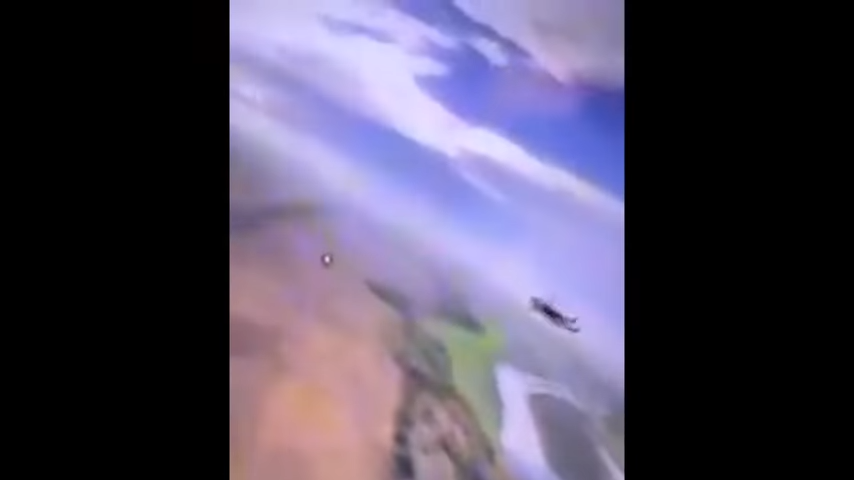
Even though this time, the drone missed the target, Russian analysts have already concluded that Ukrainian drones will become the deadliest enemy not only of Russian tanks and armored fighting vehicles but also of aviation.
Hopefully, we will see the next attempt very soon with the successful destruction of Russian assault helicopters.
In our daily frontline report, we pair up with the military blogger Reporting from Ukraine to keep you informed about what is happening on the battlefield in the Russo-Ukrainian war.

